Market Growth Projections
The Global Blood and Fluid Warming Medical Device Market Industry is poised for substantial growth, with projections indicating a rise from 1.8 USD Billion in 2024 to 3.03 USD Billion by 2035. This growth trajectory reflects a compound annual growth rate (CAGR) of 4.85% from 2025 to 2035. Factors contributing to this expansion include increasing surgical procedures, a growing geriatric population, and advancements in medical technology. The market's evolution is likely to be influenced by ongoing research and development efforts aimed at enhancing the efficacy and safety of warming devices. As healthcare systems continue to prioritize patient outcomes, the demand for these essential medical devices is expected to rise.
Technological Advancements
Technological advancements play a pivotal role in shaping the Global Blood and Fluid Warming Medical Device Market Industry. Innovations such as portable warming devices, improved heating technologies, and user-friendly interfaces enhance the efficiency and effectiveness of these medical devices. As healthcare providers seek to improve patient outcomes, the integration of advanced features such as real-time temperature monitoring and automated controls becomes increasingly prevalent. This trend not only boosts the adoption of warming devices but also contributes to the projected CAGR of 4.85% from 2025 to 2035. The continuous evolution of technology in this sector indicates a promising future for the industry.
Rising Geriatric Population
The Global Blood and Fluid Warming Medical Device Market Industry is also driven by the rising geriatric population, which is more susceptible to hypothermia and related complications. As the global population ages, there is an increasing need for medical devices that can effectively manage body temperature during various medical procedures. Elderly patients often require surgeries and treatments that necessitate the use of warming devices to ensure their safety and comfort. This demographic shift is expected to contribute to the market's growth, as healthcare facilities adapt to the needs of older patients, thereby reinforcing the demand for blood and fluid warming technologies.
Increasing Surgical Procedures
The Global Blood and Fluid Warming Medical Device Market Industry experiences growth due to the rising number of surgical procedures worldwide. As healthcare systems evolve, the demand for efficient blood and fluid warming devices becomes paramount in ensuring patient safety and optimal outcomes. In 2024, the market is projected to reach 1.8 USD Billion, driven by advancements in surgical techniques and an increase in elective surgeries. Hospitals and surgical centers are increasingly adopting these devices to mitigate hypothermia risks during operations, thereby enhancing recovery times and reducing complications. This trend suggests a robust future for the industry as surgical volumes continue to rise.
Regulatory Support and Guidelines
Regulatory support and guidelines significantly impact the Global Blood and Fluid Warming Medical Device Market Industry. Governments and health organizations worldwide are increasingly recognizing the importance of maintaining normothermia in patients during surgical and emergency procedures. This recognition leads to the establishment of guidelines that promote the use of warming devices, thereby driving market growth. Compliance with these regulations not only enhances patient safety but also encourages manufacturers to innovate and improve their products. As regulatory frameworks evolve, they are likely to foster a more favorable environment for the adoption of blood and fluid warming technologies, contributing to the industry's expansion.
Growing Prevalence of Trauma Cases
The Global Blood and Fluid Warming Medical Device Market Industry is significantly influenced by the increasing prevalence of trauma cases globally. With a rise in road accidents, sports injuries, and other trauma-related incidents, the need for rapid blood and fluid warming devices becomes critical in emergency medical services. These devices are essential for maintaining normothermia in trauma patients, which is crucial for survival and recovery. As the market anticipates growth to 3.03 USD Billion by 2035, the emphasis on timely interventions in trauma care is likely to drive further adoption of warming devices, highlighting their importance in emergency settings.


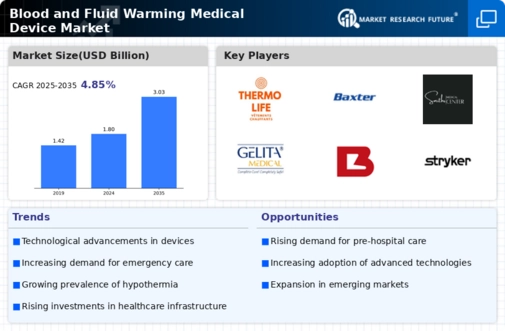

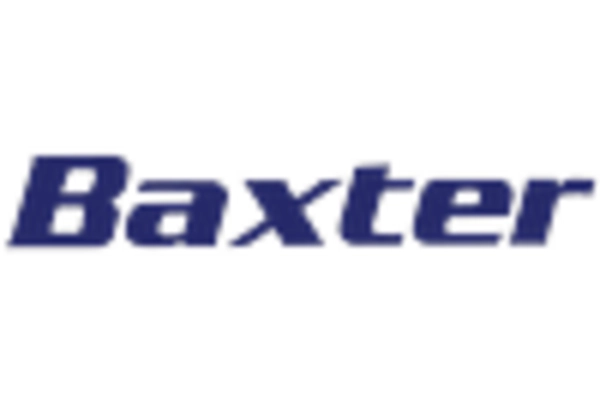
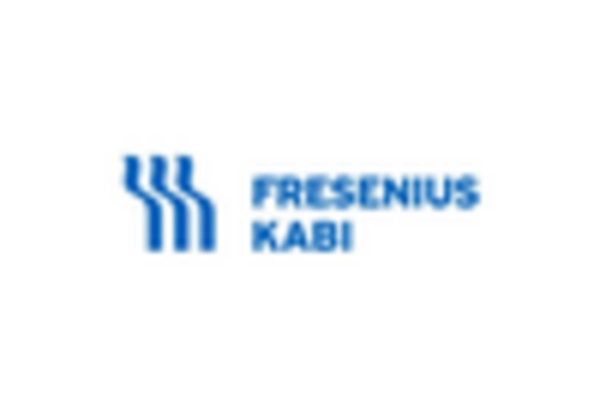
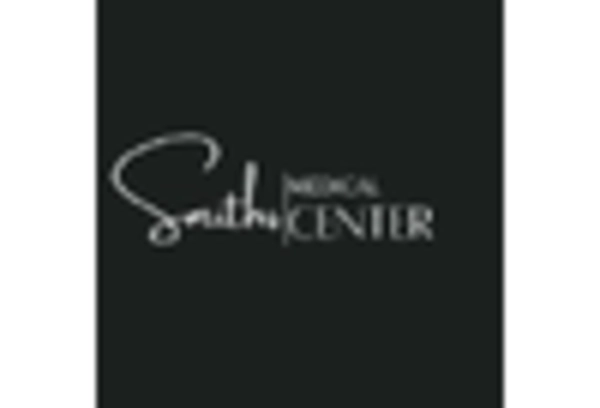
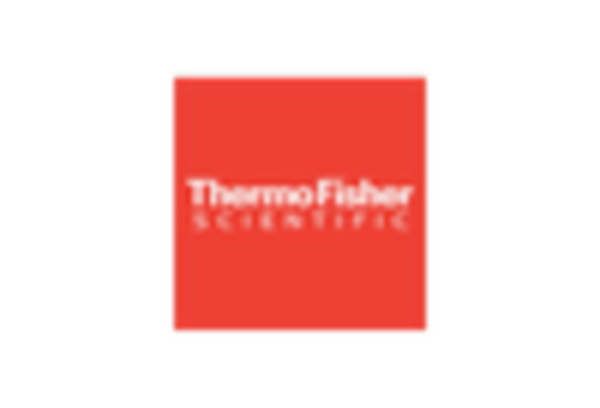
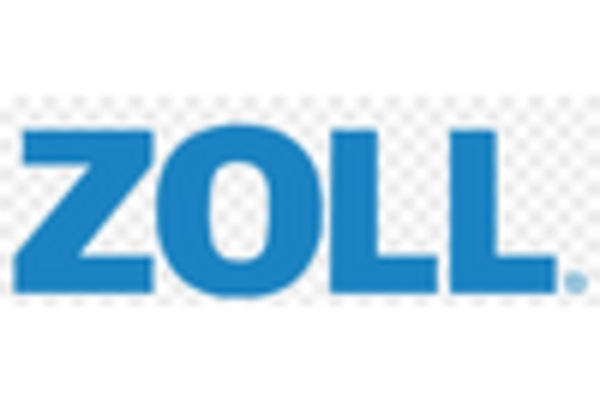








Leave a Comment